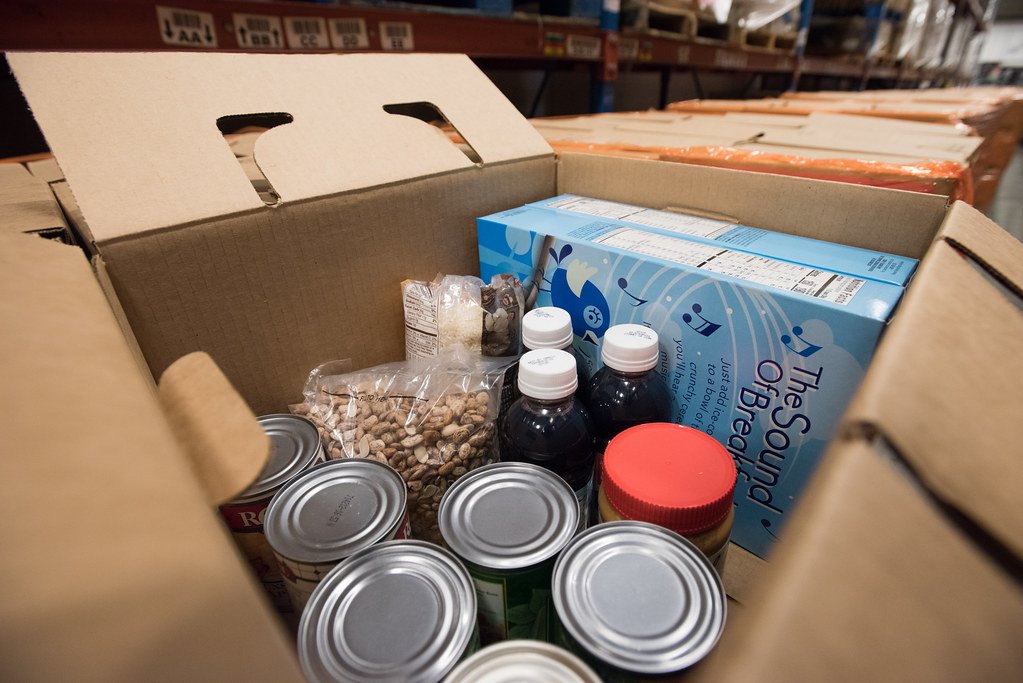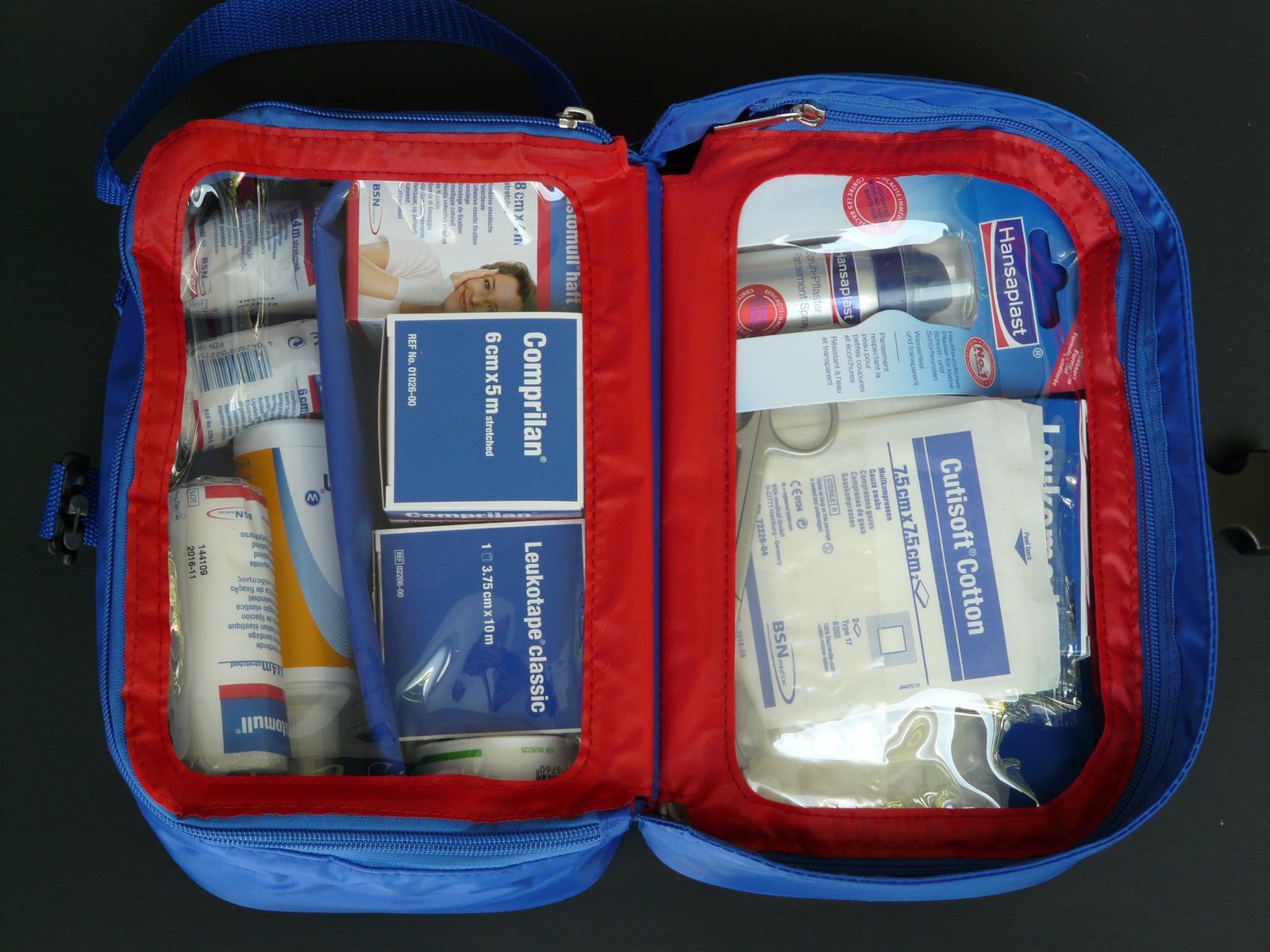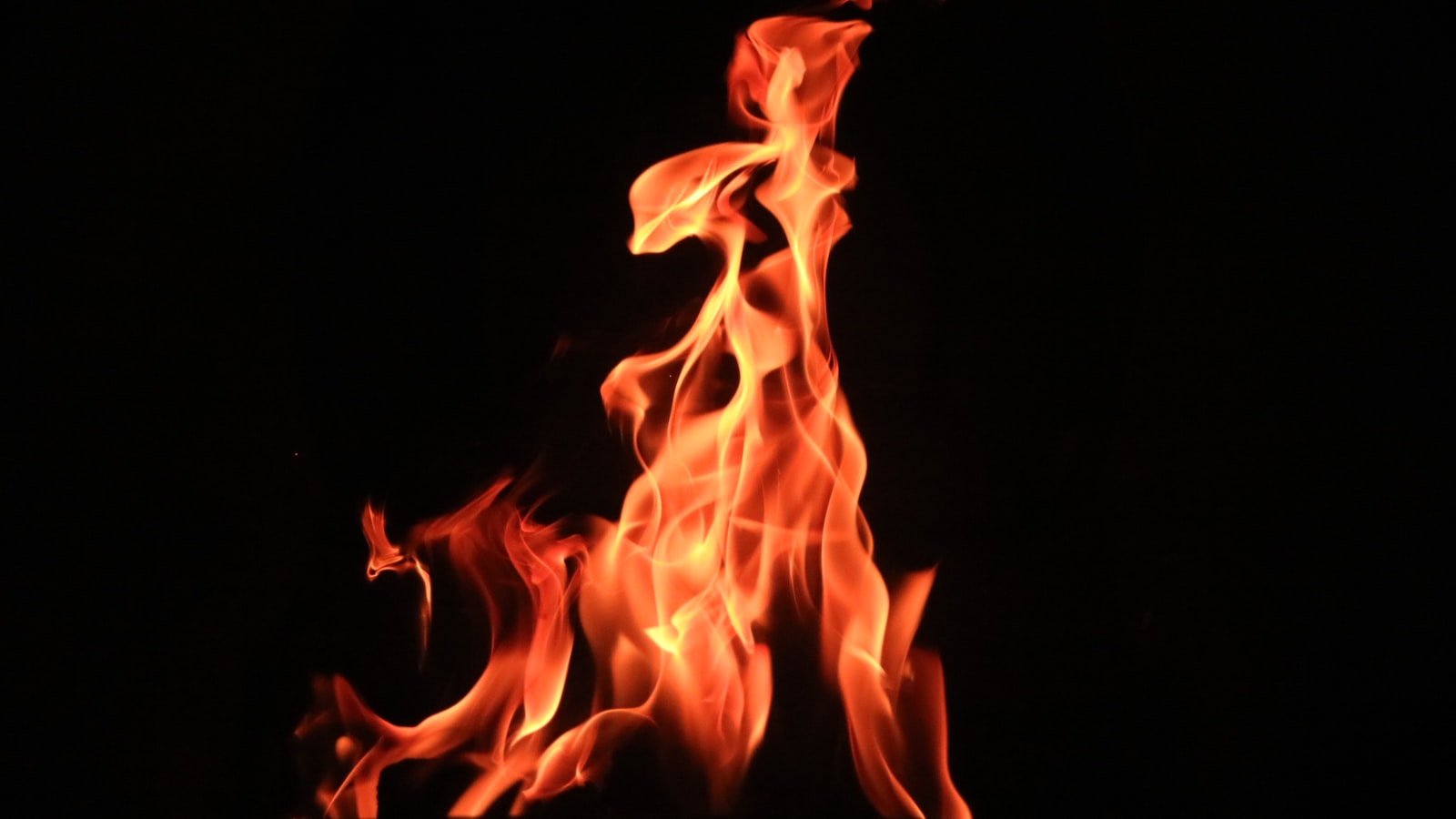Now Reading: Top 10 Must-Have Items for Natural Disaster Preparedness
-
01
Top 10 Must-Have Items for Natural Disaster Preparedness

Top 10 Must-Have Items for Natural Disaster Preparedness
Winds howl fiercely, waters rise, and the earth beneath us trembles relentlessly. In the face of natural disasters, we often find ourselves grappling with overwhelming chaos and unease. However, in the spirit of preparedness, we can arm ourselves with the knowledge and resources needed to navigate these turbulent times. As nature’s might grows untamed, it becomes imperative to equip ourselves with the top ten indispensable items that will help us weather any storm. From survival kits filled with essentials to communication devices that bridge the gap to the outside world, join us on a journey to unravel the necessities that are a testament to our resilience in the face of adversity. Are you ready to embrace the safety, adaptability, and peace of mind that these must-have items offer? Let’s explore together.
Table of Contents
- Essential Supplies for Natural Disaster Preparedness
- Key Factors to Consider when Choosing Emergency Food
- Must-Have Items for Building a Comprehensive First Aid Kit
- Choosing the Right Emergency Communication Tools
- Essential Protective Gear for Natural Disaster Preparedness
- Q&A
- Key Takeaways

Essential Supplies for Natural Disaster Preparedness
When it comes to natural disasters, being prepared is of utmost importance. Having the right supplies on hand can make all the difference in ensuring your safety and well-being. Here are some essential items you should consider including in your disaster preparedness kit:
- Water: It’s essential to have an adequate supply of clean water for each person for at least three days. Store one gallon per person per day, and don’t forget about your furry friends!
- Non-perishable food: Stock up on canned goods, dried fruits, granola bars, and other non-perishable items that can provide sustenance during an emergency.
- First aid kit: A well-equipped first aid kit is indispensable in times of crisis. Make sure it includes bandages, antiseptic wipes, pain relievers, prescription medications, and any other necessary medical supplies.
- Flashlights and batteries: Power outages are common during natural disasters, so having reliable flashlights and extra batteries can help you navigate in the dark.
- Emergency blanket: These compact, lightweight blankets can provide warmth and insulation, especially in colder climates.
- Important documents: Keep a waterproof bag or container with copies of identification documents, insurance policies, and other important papers.
- Emergency cash: ATMs and banks may be inaccessible during emergencies, so having some cash on hand is crucial for purchasing supplies or covering unexpected expenses.
Remember, this is just a starting point for your disaster preparedness kit. Tailor your supplies to meet the specific needs of your household, considering factors such as geographic location and potential risks. Stay safe and be prepared!

Key Factors to Consider when Choosing Emergency Food
When it comes to selecting emergency food, it’s crucial to keep certain factors in mind to ensure you make the right choice. Here are some key considerations to guide you in your decision-making process:
1. Nutritional Value:
During an emergency, it’s important to maintain a healthy and balanced diet. Look for emergency food options that provide a wide range of essential nutrients, including carbohydrates, proteins, healthy fats, vitamins, and minerals. Check the packaging labels and opt for products that offer a variety of food groups to sustain energy levels and overall well-being.
2. Long Shelf Life:
Emergency situations often require food with a long shelf life to ensure it remains safe and edible for an extended period. Consider options that have a long expiration date or ones that are specifically designed for long-term storage. Assessing the packaging and storage requirements will help you determine if the emergency food can be stored in your desired location without compromising its longevity.
3. Preparation and Convenience:
During emergencies, time is precious and resources may be limited. Opt for emergency food that is easy to prepare and requires little to no additional ingredients or cooking equipment. Look for options that offer ready-to-eat meals or ones that simply require water for rehydration. This will help ensure you can efficiently access vital nourishment when faced with challenging circumstances.
Remember, emergencies can happen unexpectedly, so taking the time to consider these key factors when choosing emergency food can make a significant difference in your readiness and well-being during difficult times.
Must-Have Items for Building a Comprehensive First Aid Kit
Having a well-stocked first aid kit is essential for any emergency situation. Whether you’re at home, on a camping trip, or even at the office, having the right supplies can make all the difference. Here are some must-have items to consider when building your comprehensive first aid kit:
1. Basic Medical Supplies:
- Adhesive bandages: Various sizes and shapes to cover cuts and wounds.
- Gauze pads: Sterile dressings to control bleeding or protect wounds.
- Medical tape: To securely hold dressings in place.
- Antiseptic wipes: For cleaning wounds and preventing infections.
2. Medications and Pain Relief:
- Antibiotic ointment: To prevent bacteria growth on wounds.
- Aspirin or ibuprofen: Over-the-counter pain relievers.
- Antihistamines: For allergic reactions or bug bites.
- Hydrocortisone cream: Soothes itching and rashes.
3. Emergency Equipment:
- Tweezers: For removing splinters or foreign objects.
- Instant cold packs: To reduce swelling and alleviate pain.
- Disposable gloves: Protect against contamination.
- CPR mask: An essential tool for performing CPR safely.
Remember, a comprehensive first aid kit should be tailored to your specific needs. Consider adding items like a first aid manual, emergency contact information, and any personal medications you may require. Regularly check and restock your kit to ensure items are not expired or damaged. When it comes to unexpected accidents or injuries, being prepared with a well-equipped first aid kit can bring peace of mind and potentially save lives.
Choosing the Right Emergency Communication Tools
When it comes to emergencies, having the right communication tools in place can mean the difference between prompt response and chaos. In today’s interconnected world, there is a myriad of options to choose from, but not all of them may suit your specific needs. Here are some factors to consider when deciding on the most suitable emergency communication tools:
- Reliability: Ensure that the tools you select are reliable and can withstand various emergency situations. Look for platforms with a proven track record and robust infrastructure to minimize the risk of service interruptions.
- Accessibility: Opt for communication tools that are accessible on multiple devices and platforms. This allows for seamless communication across different operating systems, ensuring that everyone involved can stay connected regardless of the device they are using.
- Real-time capabilities: During emergencies, real-time communication is critical. Look for tools that offer instant messaging, video conferencing, and voice calls to facilitate quick decision-making and coordination.
Remember to evaluate the scalability of the tools as well. In situations where communication needs increase rapidly, having a scalable solution ensures that you can handle the growing demand without compromising the effectiveness of your emergency response. Lastly, consider conducting drills and training sessions to familiarize users with the chosen tools, ensuring that everyone is prepared to utilize them effectively when emergencies strike.
Essential Protective Gear for Natural Disaster Preparedness
When it comes to being prepared for natural disasters, having the right protective gear is crucial. This gear not only helps to ensure your physical safety but can also provide peace of mind during uncertain times. Here are some essential items to include in your disaster preparedness kit.
- Emergency First Aid Kit: A well-stocked first aid kit should be at the top of your list. Include items such as bandages, antiseptic wipes, pain relievers, and any necessary prescription medications. Make sure to regularly check and replenish your supplies.
- Protective Clothing: Prepare for different scenarios by having a variety of clothing options. Sturdy work gloves, waterproof boots, and durable clothing are essential for protecting yourself during clean-up efforts after a disaster.
- Respiratory Protection: In areas prone to wildfires or airborne contaminants, having respiratory protection is vital. N95 masks or respirators can help filter out harmful particles and safeguard your respiratory health.
- Eye and Ear Protection: Flying debris and loud noises are common during natural disasters. Safety goggles and earplugs or earmuffs provide protection against these hazards, preventing injuries and potential long-term damage.
- Emergency Communication Device: In times of disaster, communication can be challenging. Keep a fully charged portable radio or a hand-cranked version to receive vital updates and information from emergency services if power and internet services are disrupted.
Q&A
1. Why is it important to be prepared for natural disasters?
Being prepared for natural disasters can greatly increase your chances of survival and reduce the impact on your family and community. It is important to have the necessary items and plans in place to handle any emergency situation that may arise.
2. What are the top 10 must-have items for natural disaster preparedness?
The top 10 must-have items for natural disaster preparedness include a first aid kit, non-perishable food and water, flashlight and extra batteries, a portable phone charger, a battery-operated radio, a multi-purpose tool, extra clothing and blankets, important documents, cash, and an emergency whistle.
3. Why is a first aid kit essential for natural disaster preparedness?
A first aid kit is essential because it allows you to treat minor injuries and provide immediate medical help before professional assistance arrives. It should contain basic supplies like bandages, antiseptic wipes, adhesive tape, and pain relievers.
4. How much non-perishable food and water should I store?
It is recommended to store at least three days’ worth of non-perishable food and water per person. Aim for foods that can be eaten without cooking and have a long shelf life. Don’t forget to include items like canned goods, dried fruits, and energy bars.
5. Why do I need a flashlight and extra batteries?
During a natural disaster, power outages are common, making it crucial to have a reliable light source. A flashlight, along with extra batteries, allows you to navigate through darkness, signal for help, and provide a sense of security for yourself and your loved ones.
6. How can a portable phone charger be helpful in a natural disaster?
A portable phone charger ensures that you have a way to charge your phone even without access to electricity. This way, you can stay connected, make emergency calls, and access important information or updates during and after a disaster.
7. What is the purpose of a battery-operated radio?
A battery-operated radio serves as a vital communication tool during natural disasters. It allows you to stay informed about emergency broadcasts, weather warnings, and evacuation orders in areas where cell service or internet may be disrupted.
8. Why is a multi-purpose tool important for disaster preparedness?
A multi-purpose tool, such as a Swiss Army knife, can prove invaluable in survival situations. It can assist in opening canned food, cutting through debris, repairing equipment, and performing other essential tasks that may arise during and after a natural disaster.
9. Why is it necessary to pack extra clothing and blankets?
Extra clothing and blankets are essential as they provide warmth and protection in case of extreme weather conditions or displacement from your home. It’s important to include layers of clothing, a waterproof jacket, sturdy shoes, and enough blankets for each family member.
10. What important documents should I keep in my disaster preparedness kit?
Important documents to keep in your disaster preparedness kit include identification papers, such as passports and driver’s licenses, insurance policies, medical records, birth certificates, and proof of address. Keep them in a waterproof container or sealed plastic bag to protect them from damage.
Key Takeaways
As we near the end of our journey through the top 10 must-have items for natural disaster preparedness, we hope you feel a sense of empowerment and readiness. Natural disasters may be unpredictable, but by arming ourselves with the right tools, we can face them head-on, knowing we have taken every precaution.
Remember, in the face of adversity, it’s not just about surviving, but thriving. These carefully selected items are not mere possessions, but guardians of our well-being, guiding us through the chaotic aftermath of nature’s fury. With each recommended item, we have unravelled a secret portal to resilience, a path paved with wisdom that transcends the boundaries of fear and uncertainty.
From the sturdy foundation of a fully stocked emergency kit to the humble glow of a rechargeable lantern, these essential items represent more than just physical aids. They embody our determination to protect what truly matters: our families, our homes, and our communities. They are the mementos of preparedness, reminders of the strength we hold within and the responsibility we bear for ourselves and others.
As we conclude this exploration, we encourage you to imbue your homes with the spirit of preparedness, allowing it to permeate every nook and cranny. Break the shackles of complacency and become the architect of your own safety. Share your knowledge with others, ensuring that the power of preparedness spreads far and wide.
Now, armed with our top 10 must-have items, let us embrace the call of preparedness. Let us stand tall against the winds of adversity, knowing that we have assembled our armor of survival. With each passing day, we inch closer to an uncertain future, but with hope, preparation, and the spirit of resilience, we can transcend the devastating forces of nature and emerge strong, united, and ready to rebuild.
Let this article serve as both a compass and a companion as you embark on your journey towards natural disaster preparedness. Remember, it’s not about dwelling on the darkness that may come, but rather illuminating the path with the light of knowledge and preparation. Stay safe, stay informed, and may the winds of resilience forever guide your way.
As an affiliate, my content may feature links to products I personally use and recommend. By taking action, like subscribing or making a purchase, you’ll be supporting my work and fueling my taco cravings at the same time. Win-win, right?
Want to read more? Check out our Affiliate Disclosure page.


